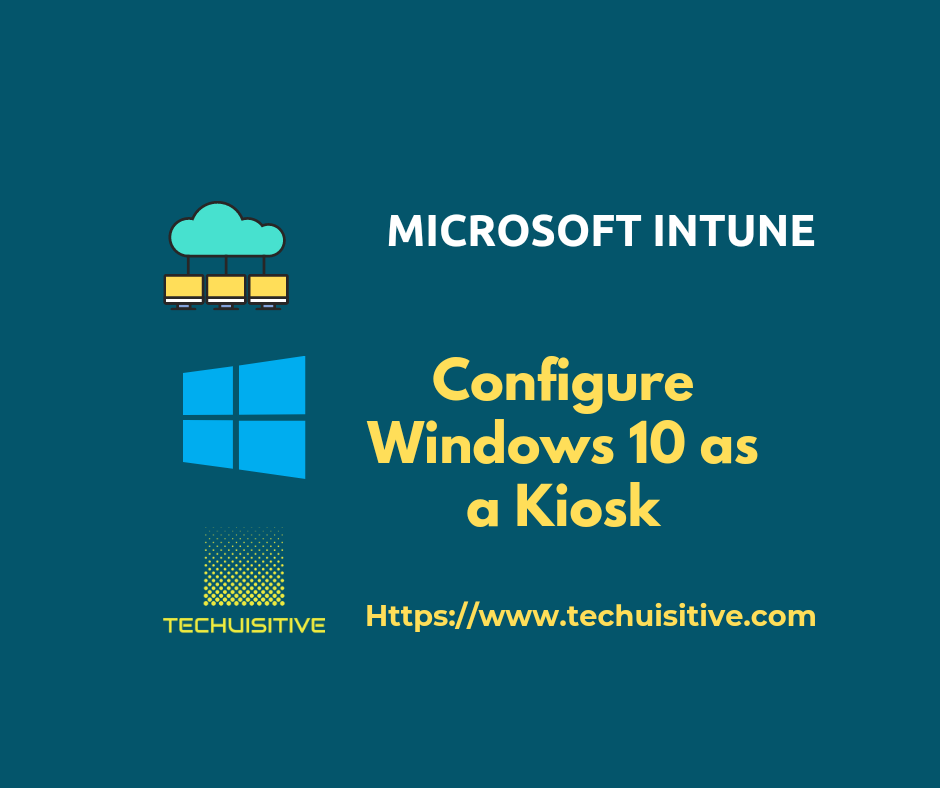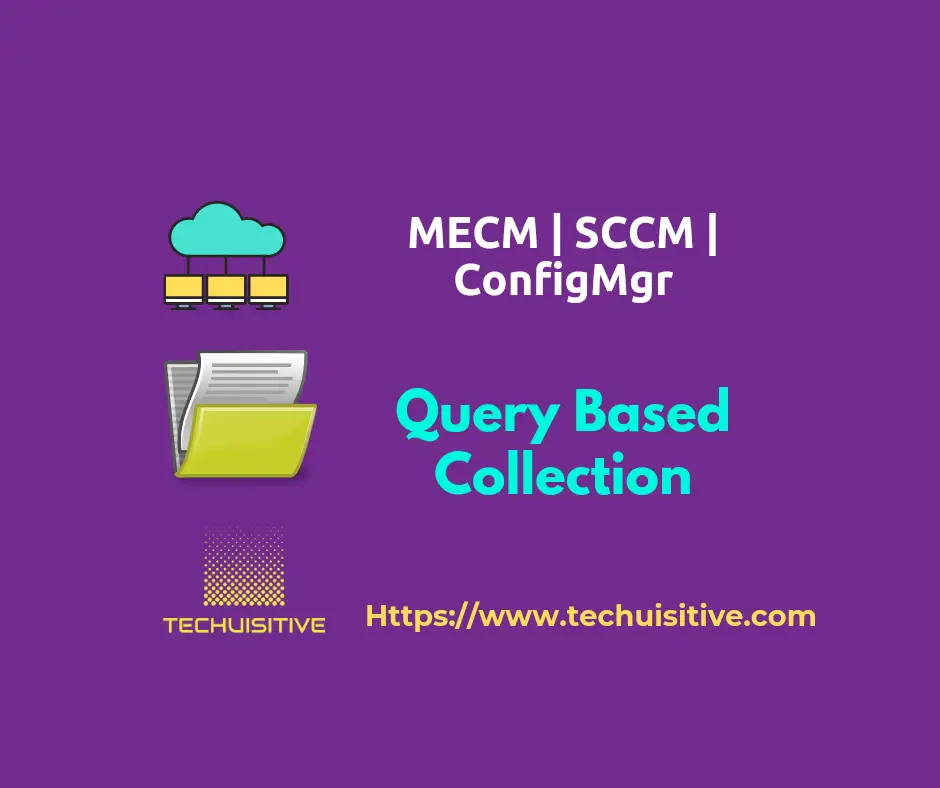Get Hardware Hash for Windows Autopilot
To identify a device with Windows Autopilot, the device’s unique hardware identify (hardware hash) must be captured and uploaded to the service. This is usually first step when you want to provision a machine using Windows Autopilot. The hardware hash can be uploaded by manufacturer / raeseller for new devices. However, hardware hash need to be collected manually for the devices which are already in corporate environment and not already enrolled into Microsoft Intune.
Get Hardware Hash for Windows Autopilot Read More »







